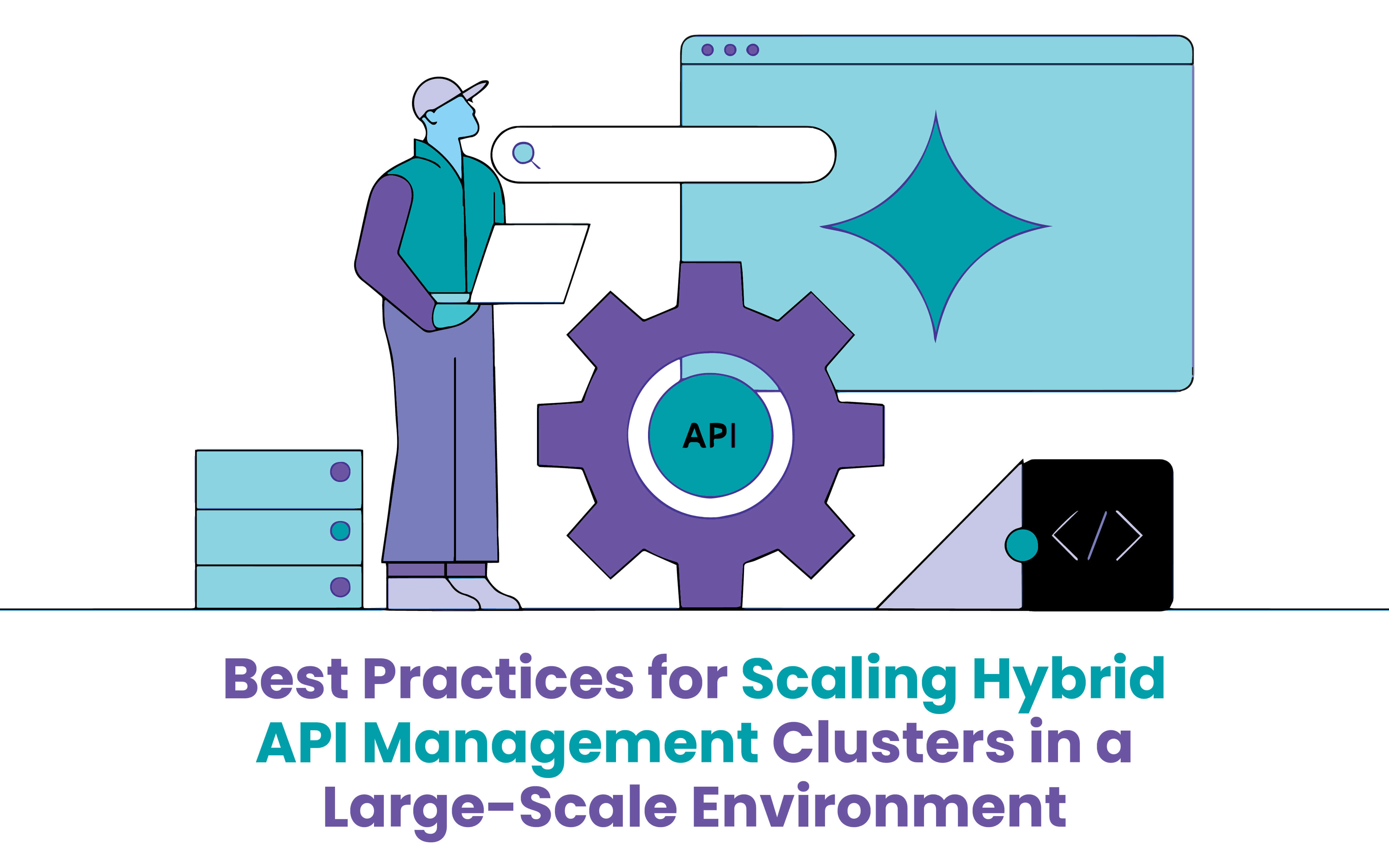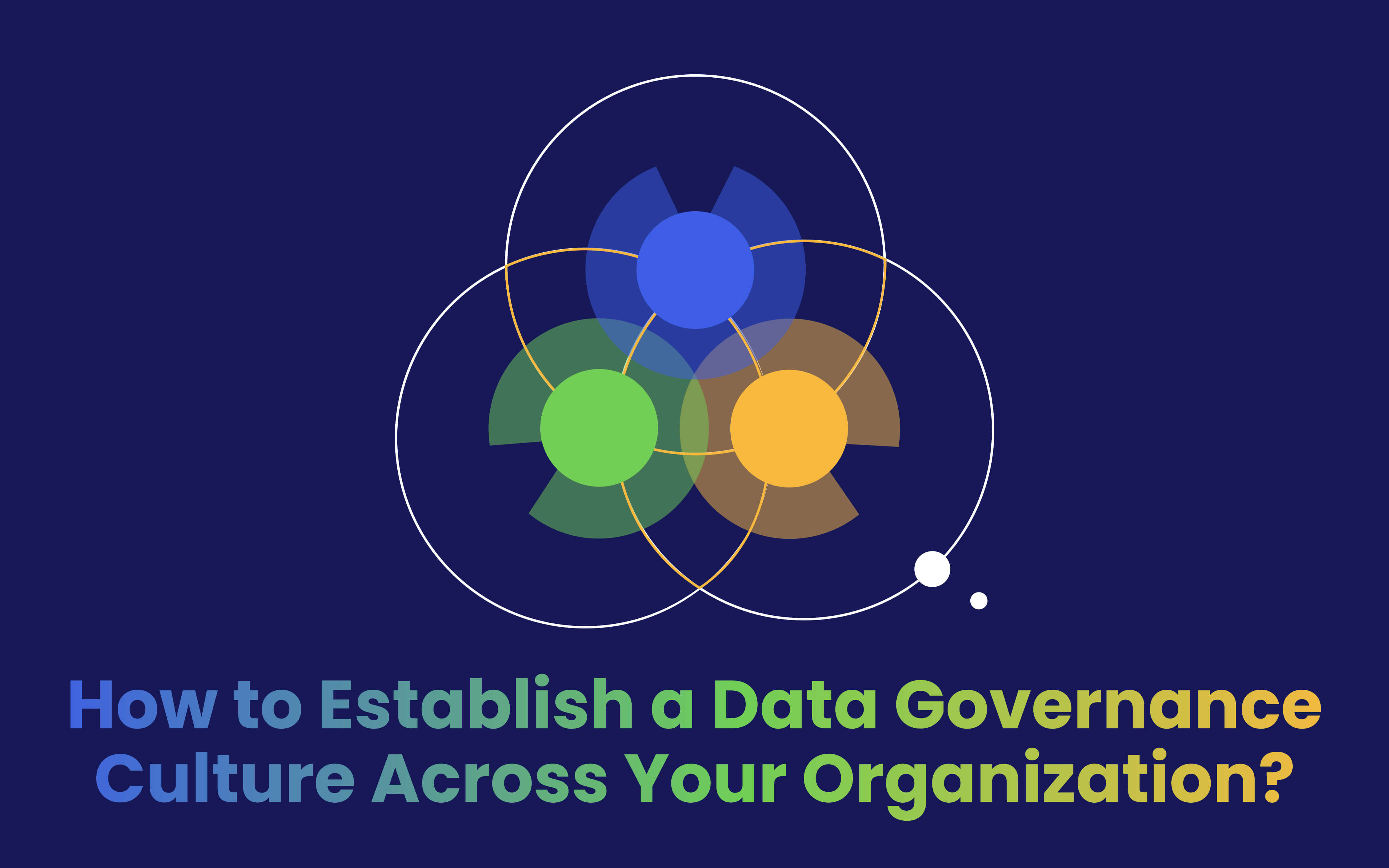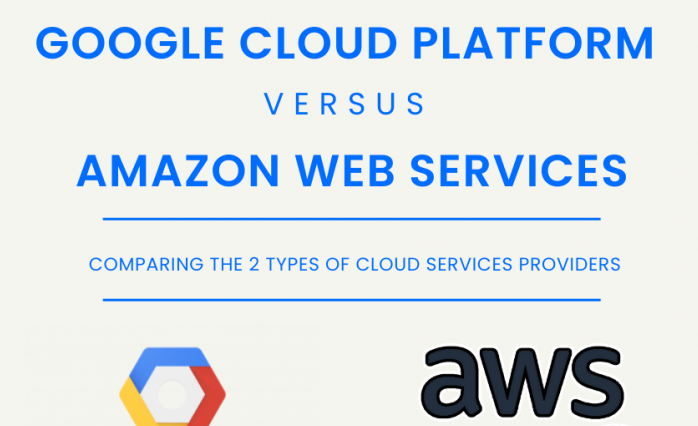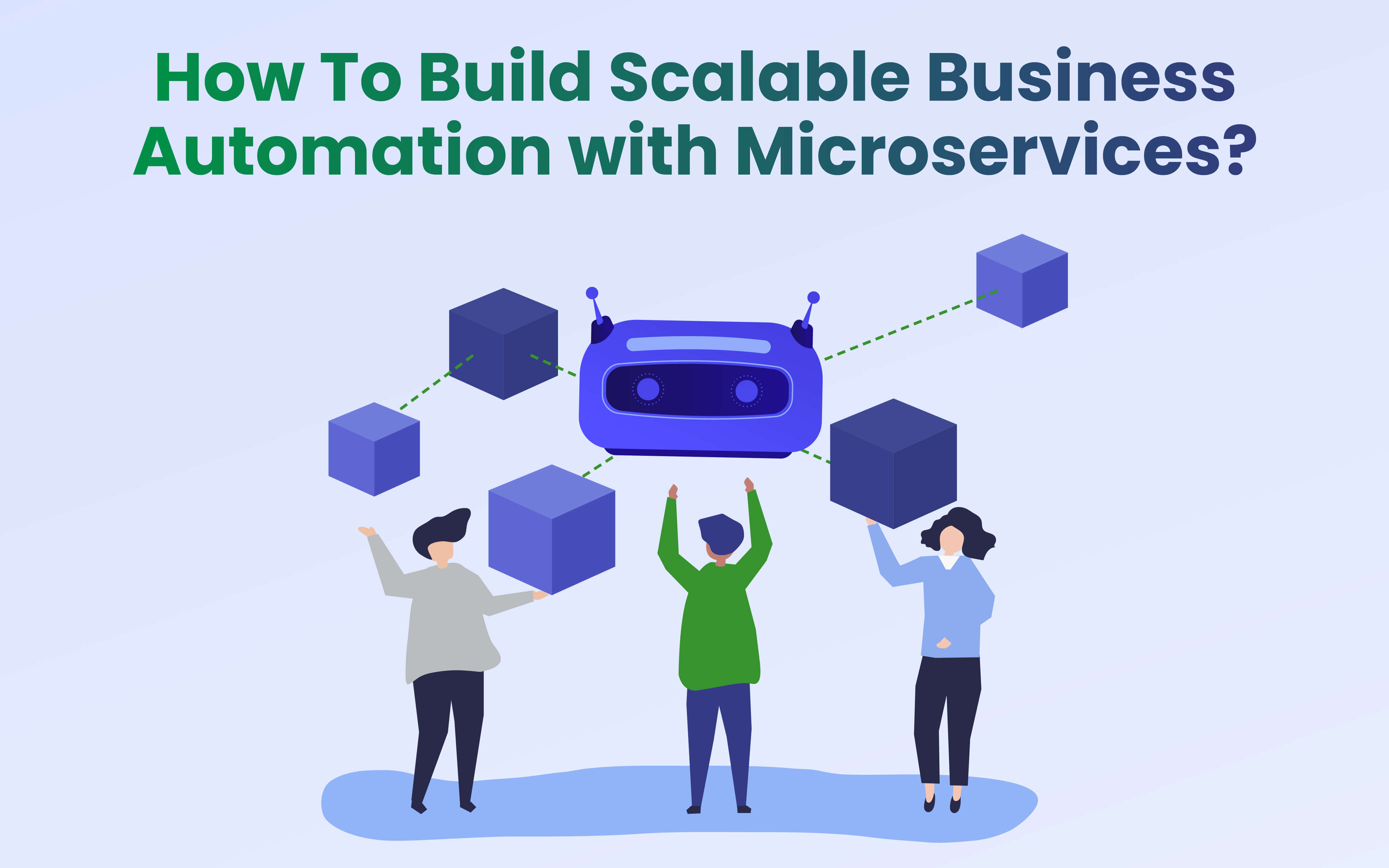Blogs
To know about all things Digitisation and Innovation read our blogs here.
API
Best Practices for Scaling Hybrid API Management Clusters in a Large-Scale Environment
SID Global Solutions
18 July 2023

Introduction
In today’s digital landscape, organizations are increasingly relying on APIs to connect systems, streamline processes, and enable seamless data exchange. As API usage grows, it becomes essential to scale API management clusters in large-scale environments to ensure optimal performance, reliability, and scalability. In this comprehensive guide, we will explore the best practices for scaling hybrid API management clusters in large-scale environments. From cluster design to resource allocation and load balancing, we will provide practical insights and actionable tips for achieving efficient and effective scaling.
Also Read: Next-gen Applications: Embracing AI APIs for Intelligent Solutions
Understanding Hybrid API Management
Overview of Hybrid API Management:
Hybrid API management refers to the integration of on-premises API gateways or management platforms with cloud-based API management solutions. This approach enables organizations to address the unique requirements of their APIs, data privacy concerns, and compliance regulations while harnessing the scalability and agility offered by the cloud.
In a hybrid API management setup, organizations typically deploy an on-premises API gateway or management component within their internal network. This gateway serves as a proxy, securely exposing internal APIs to external consumers. It helps manage authentication, authorization, traffic routing, and policy enforcement.
At the same time, cloud-based API management solutions are utilized to manage the external-facing APIs, developer portals, analytics, and other API management functionalities. This hybrid approach ensures that organizations have fine-grained control over their sensitive data and critical systems while taking advantage of the cloud’s scalability and cost-effectiveness for external API consumption.
Benefits of Hybrid API Management Clusters:
- Enhanced Scalability and Agility: Hybrid API management clusters offer the ability to scale and handle large volumes of API traffic effectively. By leveraging the cloud’s elastic infrastructure, organizations can dynamically allocate resources, scale up or down based on demand, and ensure consistent API performance even during peak usage periods.
- Fault Tolerance and Resilience: With hybrid API management clusters, organizations can achieve high availability and fault tolerance by designing their systems with redundancy and failover mechanisms. This ensures uninterrupted service even in the event of component failures or network disruptions.
- Data Privacy and Compliance: In industries where data privacy and compliance regulations are stringent, hybrid API management allows organizations to keep critical data and processing within their on-premises infrastructure. This ensures compliance with data protection regulations and provides greater control over sensitive information.
- Flexibility in Deployment Models: Hybrid API management accommodates diverse deployment models, allowing organizations to choose the most suitable approach for their specific needs. It offers the flexibility to host certain APIs on-premises while utilizing the cloud for others, based on factors such as data sensitivity, workload requirements, and scalability needs.
- Seamless Integration and Interoperability: Hybrid API management clusters facilitate seamless integration between on-premises systems and cloud services. They enable organizations to leverage cloud-based capabilities such as analytics, developer portals, and external API consumption while seamlessly integrating with existing systems and workflows.
Also Read: Unlocking Resilience: The Power of Multi-Cloud and Multi-Region Deployment
Designing Scalable Hybrid API Management Clusters
- Assessing Requirements and Use Cases: Before scaling your hybrid API management clusters, it’s essential to assess the specific requirements of your organization’s APIs and understand the expected workload. Consider factors such as peak usage periods, expected growth, and the types of applications that will consume the APIs. This assessment will help you determine the necessary capacity and scaling requirements.
- High Availability and Fault Tolerance: To ensure high availability, it’s important to design your hybrid API management clusters with redundancy and fault tolerance in mind. Implement mechanisms such as clustering, replication, and distributed architectures to handle failures gracefully and minimize downtime. This ensures that even if one component or server fails, the system continues to operate seamlessly.
- Load Balancing Strategies: Load balancing is crucial for distributing incoming API requests evenly across multiple servers or instances. It helps optimize resource utilization, prevent bottlenecks, and improve performance. Consider load balancing techniques such as round-robin, least connections, or IP hash to evenly distribute traffic across your hybrid API management cluster. Additionally, utilize load balancers or specialized API gateway solutions that offer built-in load balancing capabilities.
- Scalable Data Storage: As your API traffic grows, the amount of data generated by API calls also increases. Design your hybrid API management clusters to handle scalable data storage efficiently. Utilize distributed databases, NoSQL databases, or cloud-based storage solutions that can handle the volume of data generated by your APIs. Implement data partitioning and sharding techniques to distribute data across multiple storage nodes and ensure efficient data access and retrieval.
Optimizing Resource Allocation
- Horizontal and Vertical Scaling: To scale your hybrid API management clusters effectively, consider both horizontal and vertical scaling approaches. Horizontal scaling involves adding more servers or instances to the cluster, while vertical scaling involves increasing the resources (CPU, memory) of individual servers or instances. Choose the appropriate scaling strategy based on your specific requirements, workload patterns, and resource availability.
- Auto-Scaling Mechanisms: Implement auto-scaling mechanisms that can automatically adjust the number of API management instances based on predefined metrics such as CPU utilization, network traffic, or API response times. This dynamic scaling approach ensures that your cluster can handle fluctuating workloads efficiently, scaling up or down as needed. Utilize cloud-based infrastructure services that provide auto-scaling capabilities or deploy custom scripts and tools to monitor and adjust resources in real-time.
- Caching and Content Delivery Networks (CDNs): Leverage caching techniques and CDNs to offload repetitive API calls and reduce the load on your hybrid API management clusters. Implement caching at different levels, such as API gateways, reverse proxies, or at the application level, to store and serve frequently accessed data. Additionally, utilize CDNs to cache and serve static API responses, reducing latency and improving overall performance.
Also Read: 14 API Standards and Best Practices for Seamless Integration
Monitoring, Analytics, and Performance Optimization
- Comprehensive Monitoring: Implement a robust monitoring system to continuously track the health, performance, and resource utilization of your hybrid API management clusters. Monitor key metrics such as CPU and memory usage, network traffic, response times, and error rates. Utilize monitoring tools and solutions that provide real-time alerts, dashboards, and historical data to identify potential issues and optimize performance.
- Application Performance Optimization: Regularly assess and optimize the performance of your API applications. Identify performance bottlenecks, optimize API code, and database queries. Utilize caching mechanisms, compression techniques, and content optimization to improve response times and reduce network overhead. Regularly conduct load testing and performance tuning to ensure optimal performance as your API traffic grows.
- Analytics and Insights: Leverage analytics tools and solutions to gain insights into API usage patterns, traffic trends, and user behavior. Analyze API analytics to identify opportunities for optimization, understand usage patterns, and make informed decisions about scaling and resource allocation. Utilize real-time analytics to identify anomalies, predict traffic spikes, and proactively allocate resources accordingly.
Security and Compliance Considerations
- Secure API Gateway Configuration: Ensure that your hybrid API management clusters are configured securely. Implement SSL/TLS encryption, enforce authentication and authorization mechanisms, and utilize security protocols such as OAuth or JWT for secure API access. Regularly update and patch API management components to address security vulnerabilities.
- Compliance with Data Regulations: Comply with relevant data protection regulations and standards, such as GDPR or HIPAA, when scaling your hybrid API management clusters. Ensure that data handling and storage practices align with compliance requirements, and implement necessary controls to protect sensitive user data.
- API Security Testing: Regularly conduct security testing and vulnerability assessments on your hybrid API management clusters. Perform penetration testing, code reviews, and security audits to identify and address potential security risks. Implement threat detection and prevention mechanisms to safeguard your APIs from unauthorized access, data breaches, and other security threats.
Also Read: The Evolution of APIs: How Simple Integrations Grew into Complex Ecosystems
Conclusion
Scaling hybrid API management clusters in a large-scale environment is a critical undertaking for organizations aiming to deliver high-performance APIs and meet evolving user demands. By following these best practices organizations can ensure the scalability, reliability, and success of their hybrid API management initiatives. Continuously monitor, analyze, and optimize your API infrastructure to proactively respond to changing demands and stay ahead in the dynamic world of digital transformation.









